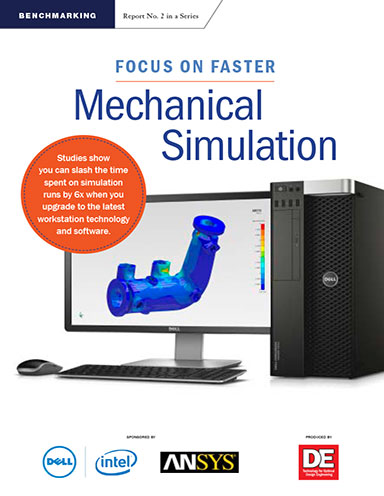
October 1, 2015
Introducing the right product in a timely fashion, free of quality issues, remains the secret to success regardless of industry and despite the complexities of today's global competition.
Simulation software is increasingly recognized as a critical asset for producing such optimal and reliable product designs. However, many organizations aren’t realizing the full benefits of simulation, in part because outdated workstation hardware and software is still too prevalent among engineering teams.
Build a Strong Computing Foundation
Engineering organizations are stuck in a simulation rut for a variety of reasons. Some are saddled with consumer PCs or underpowered workstations that simply don't have the muscle to run large simulations or accommodate high-fidelity multiphysics models effectively. Without an adequate computing foundation, complex simulations can drag on for hours, maybe even days, swallowing up limited processing power, consuming precious development hours and wreaking havoc with project deadlines. As a result, engineering organizations often choose to scale back the number of variations they simulate or reduce the scope of the problem they're exploring, which runs counter to their mission of advancing product designs.
Fill out the information below to download the resource.
Latest News






